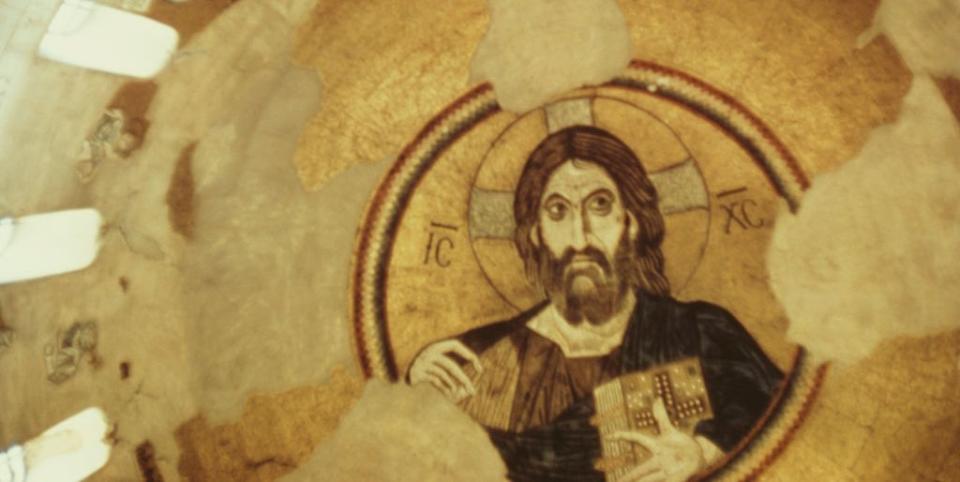Archaeologists Believe They've Unearthed Jesus's Childhood Home

Archaeologist Ken Dark has a new book about his work on Jesus's hometown.
Layers of stone evidence point researchers all the way back to the first century BCE.
Jesus Christ was real guy who lived a real life. We know this much virtually for certain.
Archaeologists have unearthed evidence at a place believed to be the historical Jesus of Nazareth’s birthplace.
Dive deeper. ➡ Get unlimited access to the weird world of Pop Mech.
Researcher Ken Dark, a professor at the University of Reading, has a new book about more than a century of archaeological digs at the Nazareth Convent site in the north of modern-day Israel.
The Sisters of Nazareth Convent goes through the entire history of the Nazareth archaeological site—including the modern side where archaeologists explore it piece by piece, as well as the ancient history they’re trying to recreate with their evidence and artifacts.
Standards for archaeology have changed a great deal in the last 100 years, as have standards for how to treat any removable items archaeologists find at sites.
Dark is an archaeologist with a 30-year career, and he’s worked on digs at the Nazareth site since at least 2004. The big breakthrough he describes in his new book is discovering evidence of a stone house that most likely belonged to Jesus’s family. (The odds are fairly good.)
In terms of the archaeology, this includes evidence of human effort to shape stone into blocks for building. And at the much-studied Nazareth Convent, this evidence joins previously discovered layers of churches and other structures built later.

Marks made by different eras of builders can help scientists separate which fragments and discoveries belong to which approximate century. This is how, after a century of different projects, Dark and his colleagues were able to identify a structure they can pinpoint to around Jesus’s lifetime. The surroundings include cultural evidence, too, like stone burial methods that researchers know came from contemporary Rome.
Modern-day Nazareth is both a site of high Christian pilgrimage traffic and, interestingly, one of the most Muslim cities in Israel. In fact, Arab Israelis are the majority in the Northern District of Israel, where Nazareth is located. In Jesus’s time, Nazareth was part of the region called Galilee. The very fact that Jesus is thought to be from there has meant that, in the centuries since, the area has been trampled and fought over—something that can only make archaeology even more difficult.
The debate rages on over whether Jesus was the miracle-doing savior in the origin story of Christianity. But the historical reality, from dozens or even hundreds of pieces of corroborating evidence from all walks of life at the time, is that he was, at the very least, a real guy. That means finding things like the place where he might have been born, with all the trappings of daily life at the very turn from BCE to CE.
While Nazareth was near the center of human development at the time, places farther from the traditional human origin in the Fertile Crescent were still using a previous epoch of technology. What we find in each location can help to document how people lived and even how technology moved around the world.
This is one reason the archaeological record is so important—and why there are still insights to be found beneath the Nazareth Convent after more than a century of excavation.
Watch This:
You Might Also Like
